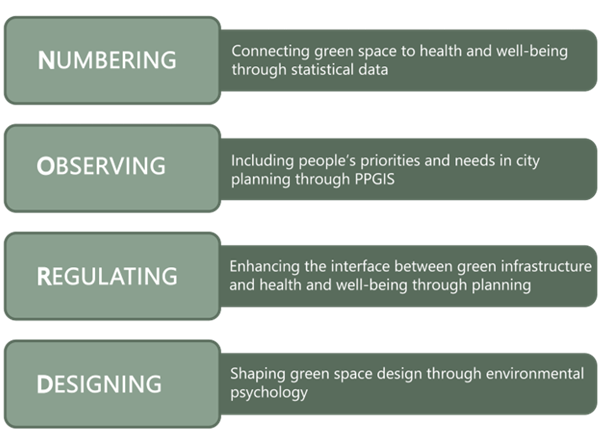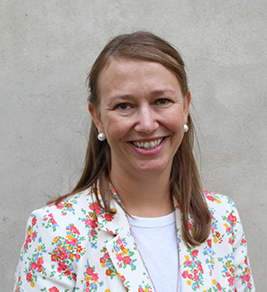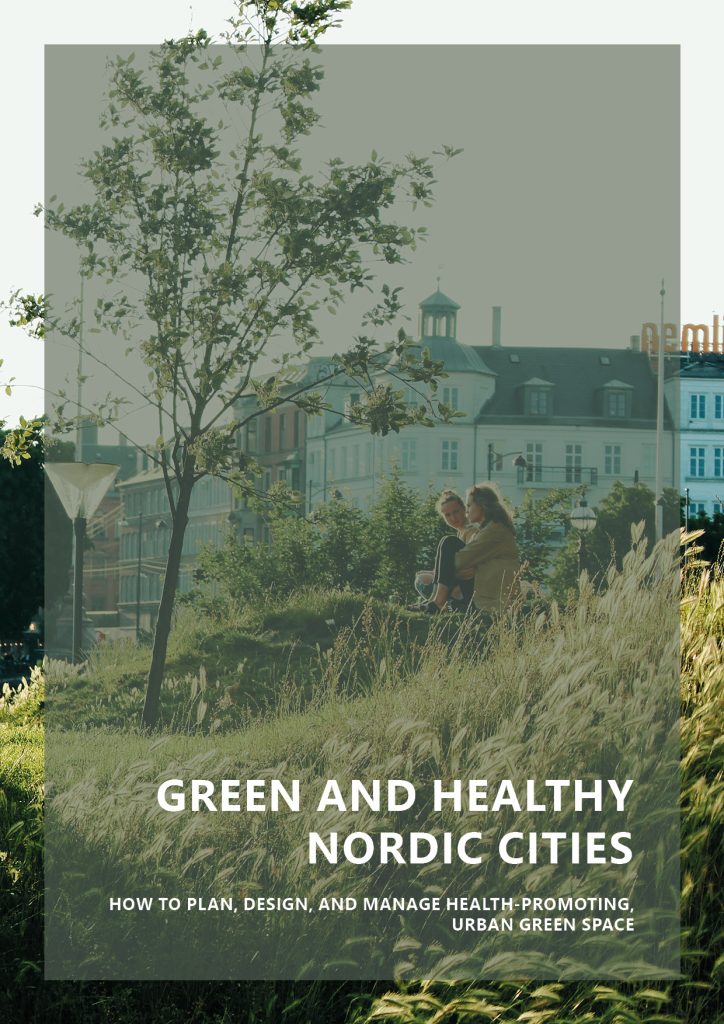During the recent launch of the handbook, Green and Healthy Nordic Cities, the presenters and audience were asked to share their favorite park in the city where they live.
The result showed not only how diverse the audience was but also provided a guide to some of the best green spaces in the region, which you can explore in our interactive map below. What made these parks and green spaces stand out? Why did the presenters favour them?
Anna Sunding from Malmö explained that Alnapsparken is her favourite for two reasons. “It is the park that allows me to look out and see green and take a walk during lunch. It is also where we have applied very practical scientific experiments going on.”
This gets to the crux of this new and innovative handbook that combines research with practical advice. It outlines the synergies between urban planning and public health, drawing on comprehensive research and collaboration among Nordic cities.
“It not only examines the science around nature’s healing ability but also provides lessons for planning and designing urban green spaces that take this into account,” underlined Luciane Aguiar Borges, a senior research fellow at Nordregio and one of the handbook’s editors.
What is the NORD Framework?
At the centre of this handbook is the NORD framework. It reflects the multi-disciplinary approach to dealing with the connection between green spaces and health and well-being and is divided into four sections.
First comes Numbering, which makes use of epidemiological studies and statistical data to connect green space to health and well-being. It outlines the importance of perceived and objective indicators in both access to green space and health and how they can be used by planners.

“If a researcher counts the number of green spaces in your neighborhood, it may show that there are many. But perhaps to you, they are inaccessible because there is a railway barrier, and you as a result don’t see your neighborhood as green. So objective access to green space is not the same as perceived, and both are equally important to take into account,” explained Helena Nordh, a landscape architect and professor at the Swedish University of Agricultural Science.
The second section of the framework is Observing, which makes use of public participatory techniques such as PPGIS to include people’s priorities and needs in city planning. Marketta Kytta, who is a professor of land-use planning at Aalto University, co-wrote this chapter and noted that participation is often a must in planning, but it is difficult. “Digital participatory mapping can solve this…but the true beauty of this type of methodology is that you can simultaneously subject place-based knowledge with the rich data of hard GIS,” said Kytta.
The third section focuses on Regulating, which enhances the interface between green infrastructure and health and well-being through planning. It examines integrating health perspectives in municipal green space planning and management. “The best result is if there is strong political support for these issues. But the operational level is also critical and often overlooked,” explained Anna Sunding, chapter author and doctoral student at the Swedish University of Agricultural Sciences.
The final section is about Designing, which makes use of environmental psychology to inform the design of green spaces. It presents three evidence-based models and describes a four-step process to guide practitioners on using the models in green space development. “Beyond the practical, an important way of using these evidence-based models is to justify and argue for green space in people’s everyday environment,” noted Anna Bengtsson, one of the chapter authors and landscape architect and senior lecturer at the Swedish University of Agricultural Sciences.
What’s in the handbook for planners and policymakers?
In the final chapter of the handbook, all the authors come together and offer a toolbox that is a summary of the main methods, models, and guidelines from each component of the NORD framework. They also provide details on how to use these tools and how practitioners can combine them to deliver health-promoting green spaces.
From this handbook, readers can expect to gain:
- A richer understanding of the evidence for how green spaces can improve health.
- Facts for supporting and protecting urban green spaces.
- Practical tools and guidelines for analysing, co-creating, managing, and designing green spaces that can be adjusted to different contexts
- Frameworks for guiding efficient ways of working with urban green space planning and management.
- Inspiration from research and practice in several Nordic cities.
Why this handbook matters?
This handbook is a culmination of the NORDGREEN project, which stands for Smart Planning for Healthy and Green Nordic Cities. It is a project financed by NordForsk under the program Sustainable Urban Development and Smart Cities.
We began this project in 2020, and during these four years, researchers from Nordregio, the Norwegian University of Life Science, Aalto University, and the Swedish University of Agricultural Science have been working together with Nordic cities to respond to their intention of delivering health-promoting green spaces.
In the end though, this handbook is more than just a collection of research and recommendations . It offers a blueprint for cities that are not just green but health-promoting. It also serves as a poignant reminder that in our pursuit of development, the connections we foster with nature, each other, and our communities are indispensable.



